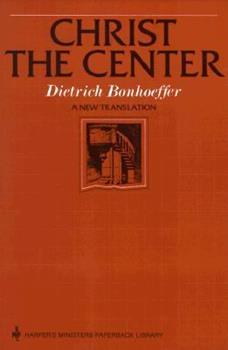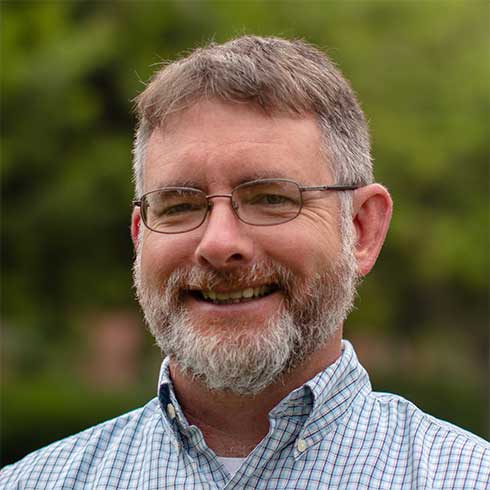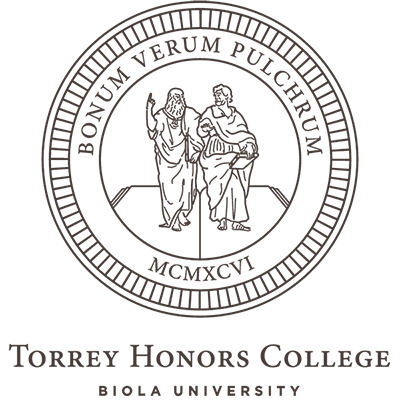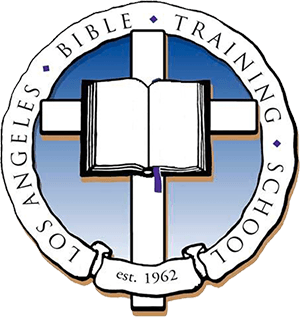A scene from The Canterbury Psalter (12th century)
Blog
On a Self-Cancelling Chalcedon

“What was actually said by this formula from Chalcedon?” Dietrich Bonhoeffer put this rhetorical question to his students in Berlin in 1933.1 Then, of course, he went on to answer it in lecture form. Rehearsing the four fearful negatives of the Definition (unconfusedly, unchangeably, indivisibly, inseparably) he explained the errors excluded by them. He emphasized that Chalcedon seemed to forbid all the possible combinations of “nature” and “person,” almost as if its framers had invoked these categories and enshrined them in negatives just to show that nothing positive could be said about them, or at least nothing beyond the boundaries just drawn:
What is being said with the Chalcedonian formula is this: that all options for thinking of all this together and in juxtaposition are represented as impossible and forbidden options. Then there is no longer any positive assertion that can be made about what happens in Jesus Christ. … Thus the matter itself is left as a mystery, for we cannot enter into it within the parameters of positive thinking. We can only enter in faith. All forms of thought are outside the realm of possibility. This means that from the Council of Chalcedon onward, it is no longer permissible to talk about the human and divine natures of Jesus Christ as about things or facts. Thus one cannot think of a concept of God and draw a line there. To draw such a line is not permitted. (342)
All very dialectical! He goes on:
In its peculiar form, Chalcedon cancels itself out. The Chalcedonian formula itself reveals the limitations of its own concepts. It works with the concepts regarding the natures and demonstrates that these concepts are inappropriate and heretical forms. It brings the concept of substance that underlies this thinking to its high point and immediately goes beyond it, by saying that from now on assertions about the substance of Jesus Christ will no longer be permitted. If here a continuation of Chalcedon is conceivable, it is no longer a continuation of the thinking about relationships between natures, but rather something else, which we will take up later. The Chalcedonian formula is an objective, living assertion about Christ that goes beyond all conceptual forms. Everything is encompassed in its very clear yet paradoxical agility. (343)
On this interpretation, the work Chalcedon work is a kind of ground-clearing. Let’s say the Greco-Roman context of early Christianity made it inevitable that early Christians would ask ontological questions, employing philosophical categories like “nature” and “person” in order to clarify what realities supported (under-lay, sub-stantia, hypo-stasis) the gospel they proclaimed. On Bonhoeffer’s account, Chalcedon functions as a kind of intentional end-of-the-road for that project. It articulates all the ways you can put nature and person together wrongly. It indicates that the reality of Christ (the who-question, as Bonhoeffer says elsewhere in the lectures) stands at the center of this field of negations.
It’s an evocative take on Chalcedon! And it’s a view articulated less dialectically by later authors:2 Recall that Bonhoeffer was about 27 when he gave these lectures; Berlin was busy in 1933 (!); and scholarship on conciliar Christology has made enormous strides in the last 90 years.
My own view is that Chalcedon’s negatives do a bit more than that. I’d want to say more about how they endorse or legitimize certain metaphysical commitments, giving things like the nature-person distinction a permanent place in Christian confession (though with plenty of flexibility to enter into dialogue with other cultural expressions like ancient philosophical Taoism or contemporary analytic conventions).
But the main claim I want to make is that the negatives of Chalcedon, and its entire idiom of balancing and regulating irreducible realities, serves to enshrine an open space where the central reality stands and speaks for itself. That central reality is the actual hypostasis of the Son of God. The field defined by Chalcedon is to be occupied by him, and the appropriate theological move is therefore to rearticulate, elaborate, and apply the doctrine of the Trinity at the heart of Christology.
__________________
1In Edwin Robertson’s1978 translation, Christ the Center. For the rest of my quotations I will be using Dietrich Bonhoeffer Works, Volume 12: Berlin: 1932-1933 (English Edition Edited by Larry L. Rasmussen, Fortress, 2009).
2Norris, Coakley, see McCormack footnote (Humility p. 28) and then his own view in later pages.
About This Blog

Fred Sanders is a theologian who tried to specialize in the doctrine of the Trinity, but found that everything in Christian life and thought is connected to the triune God.


